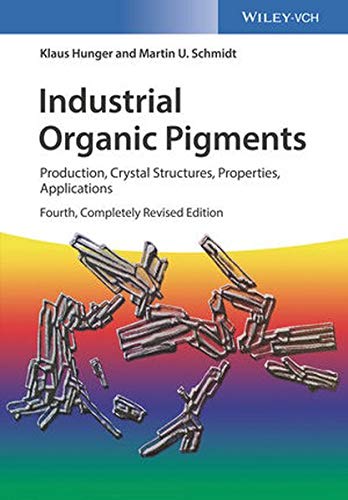

Most ebook files are in PDF format, so you can easily read them using various software such as Foxit Reader or directly on the Google Chrome browser.
Some ebook files are released by publishers in other formats such as .awz, .mobi, .epub, .fb2, etc. You may need to install specific software to read these formats on mobile/PC, such as Calibre.
Please read the tutorial at this link: https://ebookbell.com/faq
We offer FREE conversion to the popular formats you request; however, this may take some time. Therefore, right after payment, please email us, and we will try to provide the service as quickly as possible.
For some exceptional file formats or broken links (if any), please refrain from opening any disputes. Instead, email us first, and we will try to assist within a maximum of 6 hours.
EbookBell Team

0.0
0 reviewsAll chapters in the fourth edition have been thoroughly reviewed, revised, and
updated. More than 130 formulae were added or revised. About 170 figures
were added. The chapter on legislation, ecology, toxicology was completely
rewritten and now represents the latest developments.
Actually “Azo pigments” do not exist. All single-crystal structure analyses as
well as spectroscopic investigations reveal that no commercial “Azo pigment”
contains an azo group, but they exhibit the hydrazone-tautomeric form instead1).
Consequently all commercial “azo pigments” should be called “hydrazone pigments”.
This nomenclature has been employed throughout this book. We hope,
that the correct denomination “hydrazone pigment” finds its way to all publications
on organic pigments as well as to the labelling of products etc.
The properties of organic pigments depend on their crystal structures. Correspondingly
all available information on the crystal structures of all industrial
organic pigments has now been included and almost every crystal structure is
depicted by a figure. The effect of the crystal structure and the polymorphism of
a pigment on its colouristic and physical properties is described in detail. The
new co-author of this book, Prof. Dr. Martin U. Schmidt, has been researching
organic pigments since 1995, with a focus on their polymorphism and their crystal
structures.
Several sections have been moved to other chapters in the 4th edition. Most
triarylcarbonium pigments and most metal complex pigments are neither hydrazone
nor polycyclic pigments, hence their description now appears in chapter 4
(Miscellaneous Pigments). The section on isoindoline and isoindolinone pigments
has been moved to chapter 3 (Polycyclic Pigments).
We pay tribute to our deceased colleagues Dr. Willy Herbst, who was the
former coauthor of the book, and Prof. Dr. Erich F. Paulus (Goethe University,
Frankfurt, formerly at Hoechst AG), who worked on polymorphism and singlecrystal
structure analyses of organic pigments for 43 yea